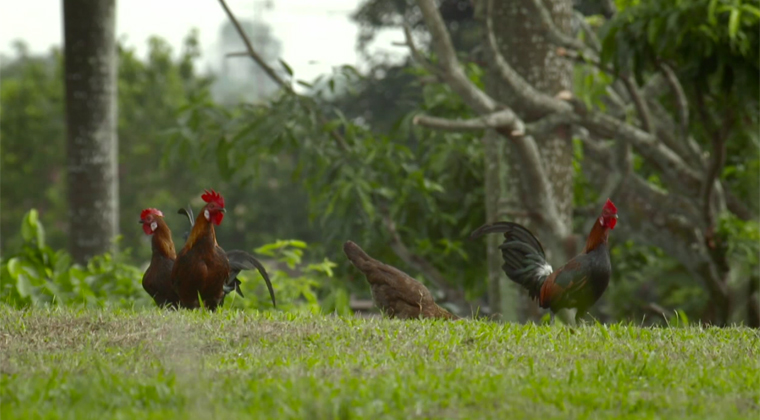The Agri-Food & Veterinary Authority of Singapore (AVA) resorted to culling free-roaming chickens as a preventive measure against bird flu.
This response was explained in a letter to Today by Yap Him Hoo, director-general of the AVA.
He also explained that culling chickens is not just a response to complaints by residents that they are noisy.
Yap wrote:
The risk of free-roaming chickens in Singapore being exposed to bird flu is real and significant, as we are a stopover node for migratory wild birds.
This means that chickens on our island can catch the disease through direct contact with wild birds or even through their droppings.
In a recent bird flu outbreak in Denmark, investigations found that it started because of contact between wild birds and free-roaming chickens.
In early February 2017, it was reported that AVA put down chickens around Thomson View and Blocks 452 to 454 Sin Ming Avenue after receiving 20 complaints from residents last year, most of them related to noise.
However, according to Wild City, a 2015 high-definition documentary with a lot of glorious slow-motion shots chronicling the sheer variety of wildlife in Singapore, the red junglefowl native to Singapore is the original bird that spawned all other chickens in the world, can be found residing in Sin Ming and Thomson area.
One reason given previously for culling free-roaming chickens is to prevent them from from interbreeding with these purebred red junglefowl as there are roughly a hundred left in Singapore.
This latest AVA response about preventing bird flu is a reason that was not previously cited.
You can read the full AVA letter here.
Top photo via Wild City
Articles you should also check out since you're here:
Not an art person? Here’s how you can still enjoy the Singapore Biennale.
This walking trail has so many pretty sights, it’s perfect for your Instagram account
If you like what you read, follow us on Facebook and Twitter to get the latest updates.
If you like what you read, follow us on Facebook, Instagram, Twitter and Telegram to get the latest updates.
